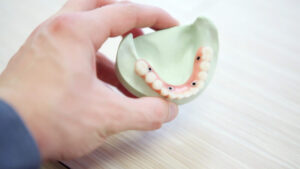
Tartar And Plaque:Remove Methods Without A Dentist
Tartar and plaque, known as dental calculus, form on teeth when plaque accumulates and starts to harden. Not only is tartar visually unappealing, but it

In today’s hygiene-conscious world, maintaining the cleanliness of our dental tools is paramount. Toothbrush sanitizers have gained popularity as essential gadgets for ensuring that our toothbrushes remain as pristine as our smiles.
But what if you could craft your customized toothbrush sanitizer right at home? Yes, you read that correctly! This comprehensive guide will take you through engaging yet practical steps to create your very own toothbrush sanitizer.
Before we dive into the exciting realm of DIY toothbrush sanitizers, let’s explore the fundamentals. Toothbrush sanitizers primarily utilize UV (Ultraviolet) light technology to eradicate harmful bacteria and germs from your toothbrush. It’s important to note that UV-C light, a specific type of ultraviolet light, is particularly effective for sterilization purposes. Understanding this technology is crucial as we embark on our toothbrush sanitizer-making journey.
Working with UV-C light requires caution to ensure your safety and avoid potential harm to your eyes and skin. Here are some essential safety tips and precautions:
Dispose of Damaged UV-C Bulbs Properly: If the UV-C light source becomes damaged or burned out, it’s essential to dispose of it correctly. UV-C bulbs should not be thrown in regular household waste. Check your local regulations for proper disposal methods, which often include recycling centers or hazardous waste facilities.
By following these safety tips and precautions, you can ensure a safe DIY toothbrush sanitizer project. Your health and well-being are paramount, so always prioritize safety during the creation and use of your toothbrush sanitizer.
To kickstart your toothbrush sanitizer project, you’ll need a few readily available materials. Don’t worry; these materials are affordable and easy to find. Here’s a list of what you’ll require:
Now that we have all the necessary materials, let’s delve into the process of creating your toothbrush sanitizer. Follow these step-by-step instructions carefully:
Creating your toothbrush sanitizer offers several advantages:
In addition to the step-by-step guide, here are some extra tips to enhance your toothbrush sanitization experience:
After successfully creating your toothbrush sanitizer, it’s essential to know how to maintain it for long-lasting functionality. Here are some maintenance tips:
By following these maintenance tips and regularly caring for your DIY toothbrush sanitizer, you can enjoy the benefits of germ-free toothbrushes for a long time to come.
Congratulations on successfully creating your DIY toothbrush sanitizer! With this handy gadget, you can ensure that your toothbrush remains free from harmful germs, promoting better oral hygiene and a healthier smile. Not only is this project cost-effective and customizable to your preferences, but it also provides peace of mind knowing that your dental tools are clean.
Remember to follow the safety tips when working with UV-C light to protect your eyes and skin. Additionally, regular maintenance, such as cleaning, bulb replacement, and checking the wiring, will keep your toothbrush sanitizer in top-notch condition.
So, say goodbye to germs and hello to a brighter, healthier smile with your homemade toothbrush sanitizer. Happy sanitizing!
FAQ 1: How does UV-C light sanitize a toothbrush?
Answer: UV-C light effectively sanitizes a toothbrush by damaging the DNA and RNA of harmful bacteria and germs, rendering them incapable of reproduction. This process ensures that your toothbrush remains germ-free.
FAQ 2: Can I use any UV-C light source for my DIY toothbrush sanitizer?
Answer: While UV-C light is effective for sanitization, it’s essential to choose a UV-C light source designed for toothbrush sanitization. These sources are optimized for the task and provide consistent results.
FAQ 3: How often should I replace the UV-C light bulb in my DIY toothbrush sanitizer?
Answer: The frequency of bulb replacement depends on the manufacturer’s guidelines, but it’s typically recommended to replace the UV-C bulb every 6-12 months for optimal sanitization.
FAQ 4: Are DIY toothbrush sanitizers as effective as commercial ones?
Answer: When properly constructed and maintained, DIY toothbrush sanitizers can be equally effective as commercial options. The key is to follow the construction and maintenance guidelines diligently.
FAQ 5: Can I use my DIY toothbrush sanitizer for multiple toothbrushes?
Answer: Yes, you can create a larger toothbrush sanitizer that accommodates several toothbrushes. This is a family-friendly approach that promotes oral hygiene for all family members.


Tartar and plaque, known as dental calculus, form on teeth when plaque accumulates and starts to harden. Not only is tartar visually unappealing, but it
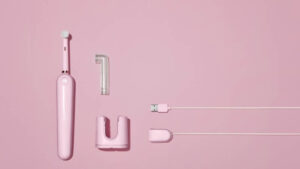
We are often contacted by customers complaining about a Sonicare toothbrush not charging. A charging issue is a common problem and can sometimes be misdiagnosed

Opting for an electric toothbrush for sensitive teeth can help alleviate discomfort and further protect against gum recession. But which model is ideal for those
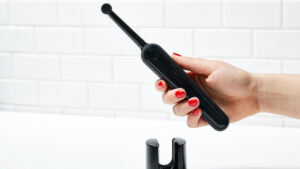
Have you learned how to use an electric toothbrush? It’s crucial to know not just for electricity but for any toothbrush type. Even though electric
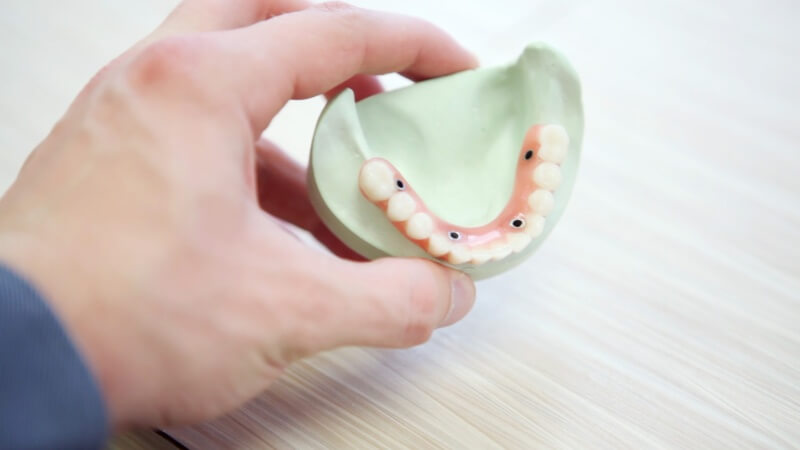
Tartar and plaque, known as dental calculus, form on teeth when plaque accumulates and starts to harden. Not only is tartar visually unappealing, but it
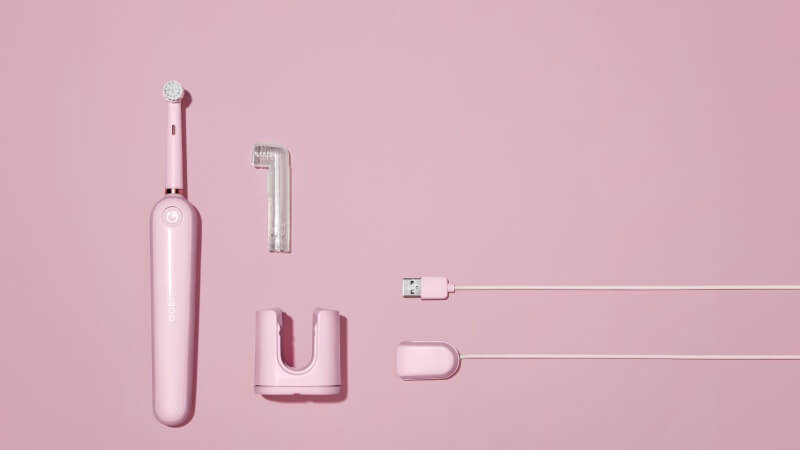
We are often contacted by customers complaining about a Sonicare toothbrush not charging. A charging issue is a common problem and can sometimes be misdiagnosed
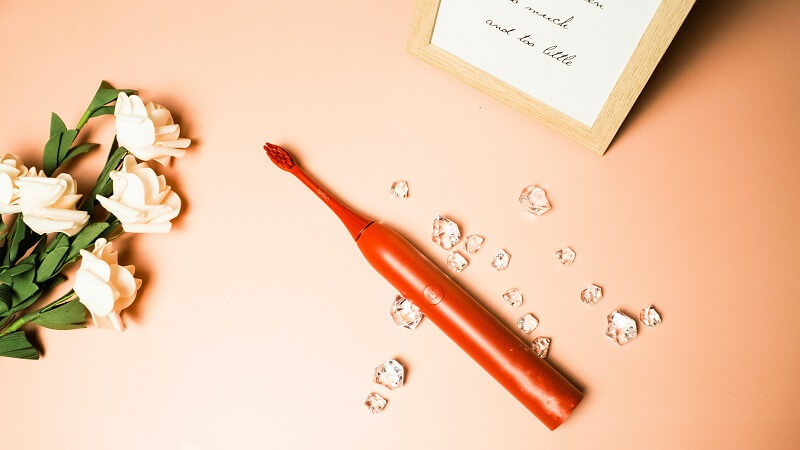
Opting for an electric toothbrush for sensitive teeth can help alleviate discomfort and further protect against gum recession. But which model is ideal for those
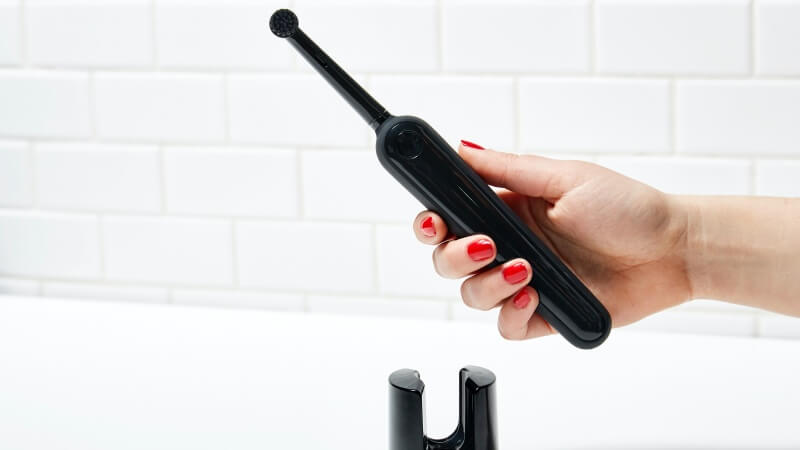
Have you learned how to use an electric toothbrush? It’s crucial to know not just for electricity but for any toothbrush type. Even though electric
Copyright © 2024 toothbrushsanitizerholder. All Rights Reserved.